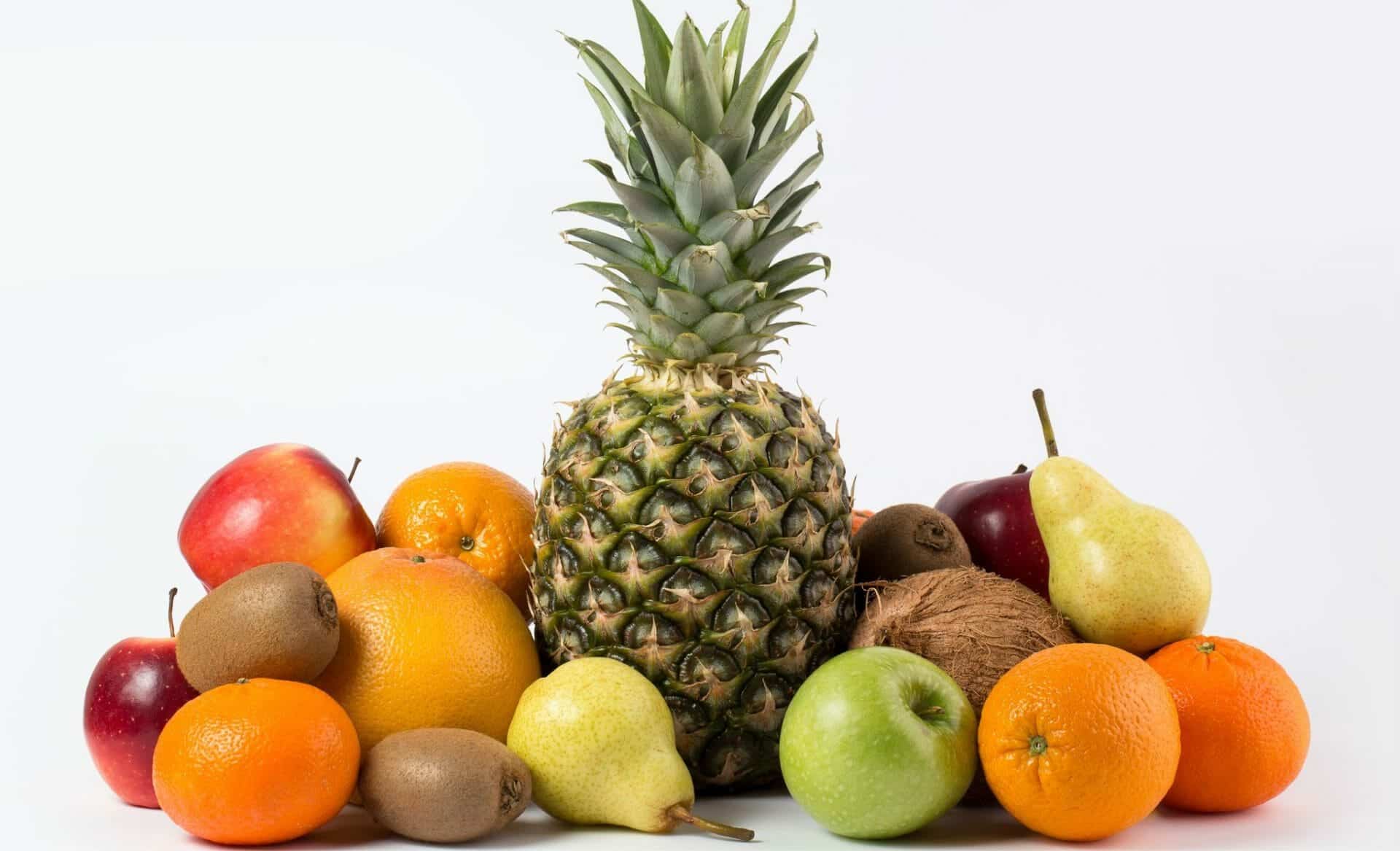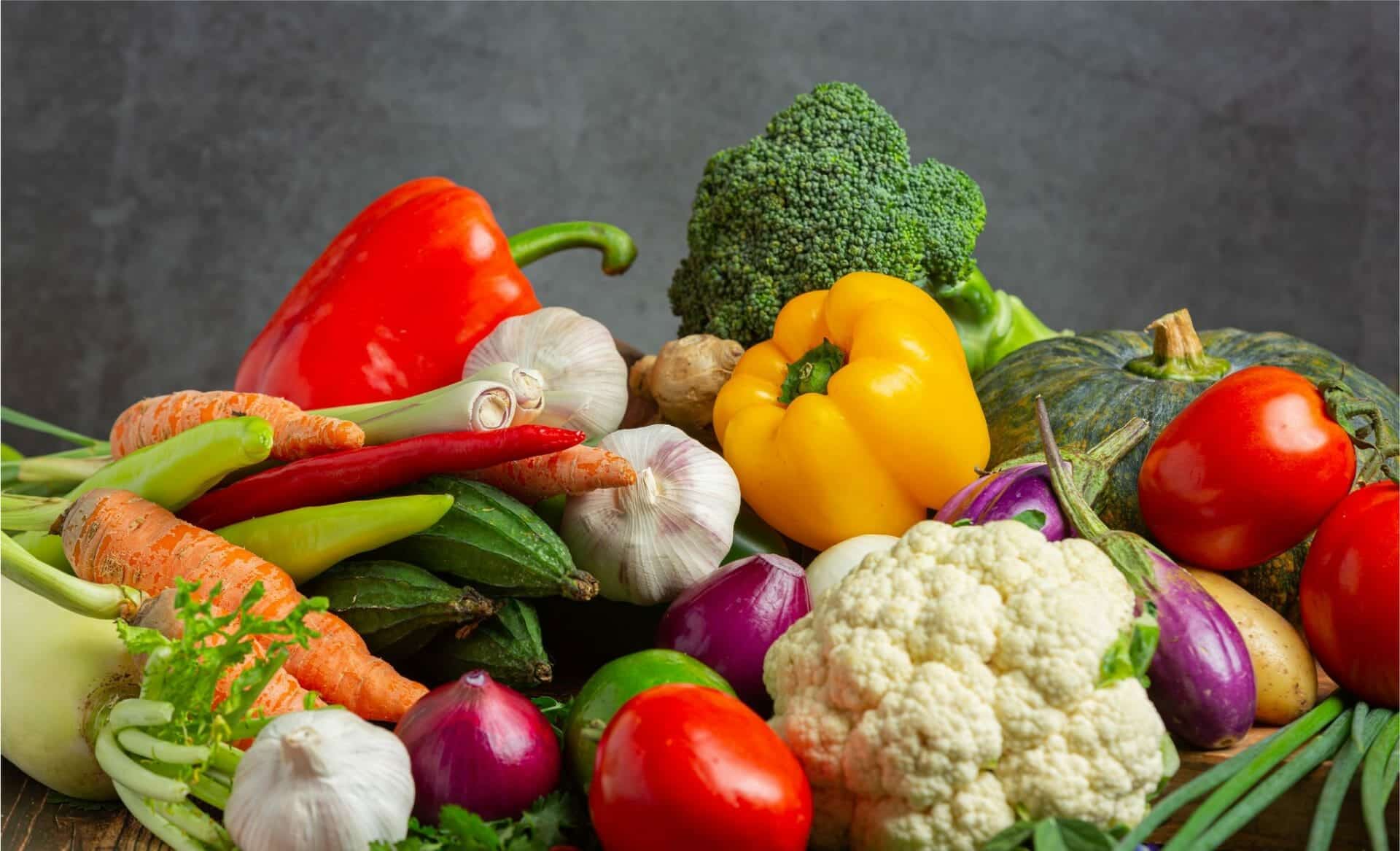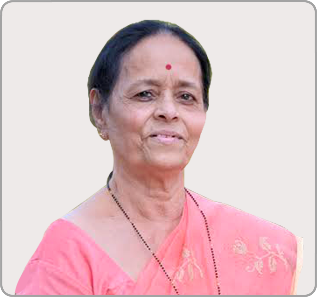
Hypertension is a potentially serious medical condition. It has spurred considerable interest in dietary interventions to manage and mitigate its effects. Among these approaches, the Dietary Approaches to Stop Hypertension (DASH) diet has emerged as a prominent contender. Backed by scientific research and medical professionals, the DASH diet emphasizes a balanced and heart-healthy eating pattern.
This article looks at the finer aspects of the DASH diet for hypertension. We explain its recommended food choices and caution against those that could exacerbate the condition. So, let’s explore the nuances of this dietary regimen to help you proactively address your blood pressure levels and get improved cardiovascular health.
What is a DASH diet for hypertension?
The DASH diet presents a structured and flexible approach to hypertension through dietary modifications. Focused on fostering a healthful eating pattern, the DASH eating plan sets forth daily and weekly nutritional objectives. The regimen advocates for the consumption of nutrient-rich foods, including vegetables and fruits.
Furthermore, the plan underscores the importance of integrating fat-free/low-fat dairy products, legumes, nuts, and vegetable oils into one’s diet. To align with cardiovascular health objectives, the DASH diet restricts food abundant in saturated fats, including full-fat dairy items.
Moreover, the plan discourages the intake of sugar-sweetened beverages and sugary treats, thus aiming to curtail excessive sugar consumption. Adhering to these recommended dietary principles can help individuals with hypertension proactively manage their condition and work towards improved overall cardiovascular health. [1]
DASH diet serving guide for hypertension
DASH diet involves a structured serving guide. It outlines recommended quantities of various food groups to facilitate effective blood pressure management. Here’s a detailed guide for the diet plan. [2]
- Vegetables
Following this guide, individuals are encouraged to incorporate approximately five servings of vegetables into their daily intake to harness the nutritional benefits and fiber content these plant-based offerings provide.
- Fruits
An equivalent number of fruit servings is ideal as it leads to a healthy intake of essential vitamins and minerals.

- Carbohydrates
It is a fundamental energy source that should have roughly seven servings per day in the diet. It emphasizes whole grains for sustained energy release and fiber content.
- Low-fat dairy
About two servings of low-fat dairy products daily are ideal to support bone health and enhance calcium intake.
- Nuts and seeds
Incorporating nuts and seeds into the diet, around 2 to 3 times per week, introduces healthy fats and valuable nutrients.
What to eat in a DASH diet for hypertension?
The following points outline essential food categories and recommendations for vegetarians aiming to embrace the DASH diet to manage hypertension. [1]
- Vegetables
Make vegetables a vital part of your diet, aiming for around five servings daily. Their high fiber, vitamins, and minerals improve overall health and regulate blood pressure.

- Fruits
Include approximately five servings of fruits daily. They provide essential nutrients and natural sugars, supporting cardiovascular well-being.
- Whole grains
Incorporate whole grains into your meals, aiming for about seven servings per day. These complex carbohydrates offer sustained energy release and valuable dietary fiber.
- Fat-free or low-fat dairy
For calcium and protein needs, opt for fat-free or low-fat dairy products. Alternatively, explore fortified plant-based milk options to ensure adequate calcium intake.
- Beans
A rich source of fiber and protein, beans are a crucial component of a vegetarian DASH diet. Regularly include them in your meals to enhance satiety and regulate blood sugar levels.
- Nuts and seeds
Integrate nuts and seeds into your diet, consuming them 2 to 3 times weekly. These nutrient-dense foods provide healthy fats, protein, and additional vitamins.
- Vegetable oils
Choose vegetable oils rich in unsaturated fats as a cooking and flavoring option. These oils contribute essential fatty acids and can be a part of a heart-healthy diet.
What to avoid in a DASH diet for hypertension?
When managing hypertension through a vegetarian adaptation of the DASH diet, it is imperative to remain vigilant about the following dietary elements. [1]
- Full-fat dairy
Refrain from consuming full-fat dairy products, as they typically contain higher saturated fats. They can cause increased blood pressure and cardiovascular risk.
- Sugar-sweetened beverages
Eliminate or drastically reduce the consumption of sugar-sweetened beverages, as these drinks often contain excessive added sugars. They can impact blood sugar levels and cardiovascular health negatively.
- Sweets
Limit the intake of sweets and sugary treats, as they contribute to excessive calorie consumption and may disrupt blood sugar control. Both can have adverse effects on blood pressure regulation.
- Sodium intake
Keep a watchful eye on sodium intake by minimizing the consumption of high-sodium foods like processed snacks. Elevated sodium levels can contribute to fluid retention and heightened blood pressure.
Managing hypertension with Ayurveda
You can effectively manage hypertension through a comprehensive Ayurvedic approach. The following components illustrate the Ayurvedic methods of managing hypertension. [3]
- Nidana parivarjana
It involves avoiding etiological and risk factors that contribute to the vitiation of tridosha, particularly vata and pitta dosha. Nidana parivarjana halts the disease’s progression by preventing the further imbalance of doshas.
- Shodhana (panchakarma)
Shodhana entails the purification of the body by eliminating morbid doshas and dushyas. Panchakarma, a vital Ayurvedic treatment, focuses on the natural expulsion of aggravated doshas and toxins from the body. The process aims to restore balance and health.
- Samanatherapy
The Samanatherapy principle involves normalizing and maintaining equilibrium among all the doshas. Ayurvedic texts offer various formulations designed to pacify vata and pitta dosha. These include decoctions (kashayam) like jatamansi hima, dashmool kwath, arjun kwath, punarnava kwath, and mahamanjistha kwatha, which can help restore doshic balance.
In another case study, the combination of Ayurvedic medication, lifestyle management, and yoga effectively helped regulate systolic and diastolic blood pressure. It also helped facilitate a reduction or discontinuation of conventional medication doses. [4]
FAQs
• What is a hypertension diet?
A hypertension diet, or the DASH diet, helps manage high blood pressure. It emphasizes consuming nutrient-rich foods, including fruits, vegetables, and whole grains. It limits the intake of sodium, saturated fats, and added sugars. A hypertension diet aims to promote heart health and reduce the risk of cardiovascular complications.
• What is the best diet chart for hypertension?
The best hypertension diet chart aligns with the DASH diet principles. It includes a variety of nutrient-dense foods and emphasizes vegetables, fruits, whole grains, lean proteins, and low-fat dairy products. This diet chart should also provide specific portion recommendations for each food group and offer guidelines for reducing sodium intake. Consulting a registered dietitian can help customize the diet chart to individual needs.
• What is the best hypertension diet plan?
The best hypertension diet plan is a comprehensive approach that combines the principles of the DASH diet with individualized considerations. The plan should prioritize whole, unprocessed foods while limiting processed foods, high-sodium items, saturated fats, and sugary foods and beverages. Adequate hydration and regular physical activity should also be a part of it.
• What is an ideal diet for hypertension patients?
An ideal diet for a hypertension patient consists of a balanced selection of foods that support blood pressure management. It includes abundant servings of vegetables and fruits, whole grains, and lean proteins. Avoid sodium intake and foods high in saturated fats and added sugars. Regular blood pressure monitoring and consultation with healthcare professionals can help fine-tune the diet to the patient’s needs.
• What are the considerations for a diet plan for a hypertension patient?
✓ Medical history
✓ Dietary preferences
✓ Sodium intake
✓ Portion control
✓ Hydration
✓ Regular monitoring
✓ Physical activity
Conclusion
In the pursuit of managing hypertension, the significance of adopting a balanced and health-conscious diet cannot be understated. From the evidence-backed principles of the DASH diet to the holistic approach offered by Ayurveda, individuals have several options to address their blood pressure concerns proactively.
Focusing on nutrient-rich foods and moderating sodium intake can lead to effective hypertension management. As one embraces the recommended dietary guidelines and individualized strategies, the journey towards improved cardiovascular health can take the best shape.
Disclaimer
The information provided here does not intend to replace professional advice or treatment.
References


















Keep functioning ,remarkable job!
Hi, Neat post. There is a problem along with your website in internet explorer, may check this?K IE nonetheless is the market chief and a huge portion of folks will pass over your magnificent writing due to this problem.
Hello, Neat post. There’s a problem along with your website in web explorer, could test this?K IE still is the market chief and a large component of other people will pass over your great writing because of this problem.
Hi there this is somewhat of off topic but I was wondering if blogs use WYSIWYG editors or if you have to manually code with HTML. I’m starting a blog soon but have no coding know-how so I wanted to get advice from someone with experience. Any help would be greatly appreciated!
Keep working ,fantastic job!